I'm totally sold on the idea that grandmas knew what they were doin.'
Sure, they may have not had the science behind it that we have now, but everyone knows: Grandma knows best.
Our Grandparent's generation was a generation of usefulness, wisdom, resourcefulness, and appreciation. And if my dreamy idea of Grandparents is correct, I know that buttermilk was included in that.
While I was whipping up butter the other day, as I do every other day here on the farm thanks to our ‘ol sweet Sal, I really got to thinking about the “waste product” of butter making. And it wasn't until we purchased our own dairy cow and started churning out own butter that it really even came to mind at all.
Isn't that how it goes when food is simply purchased from the supermarket? Out of sight, out of mind.
But here I was, with that beautiful, fresh, raw, cultured pound of butter in one hand. And a quart jar of fresh cultured buttermilk in the other.
I knew what I was going to do with the butter – slather it on my vegetables, mix it up into butter buttons for the kids, use it in a homemade pie crust, smear it on dry skin patches (I'm going to need you to quit judging me now…) or as the starter for sautéing vegetables in any number of dishes. Butter ain't my problem – I love it. It's practically a health food around here. And thankfully, since we adhere to the Weston A. Price Foundation method of traditional eating, we get to eat butter (and a lot of it!) without fear or guilt.
But the buttermilk… well… that's a product that took some getting used to. Not because of it's taste (in fact, that's quite delicious) – but just because I wasn't used to working with it. What was this strange white-ish liquid? And what nutritional value did it offer?
I'm so glad you asked. (Oh wait. That was me? Never mind.)
What is buttermilk?
Butter is made by churning cream which separates the cream into butter solids and buttermilk. So in the simplest terms, buttermilk is the slightly sour liquid byproduct of butter making. As most cream is left to sour for 8 hours prior to butter making, buttermilk is often considered a ‘fermented' or ‘cultured' dairy product.
Is it good for you?
Why yes, yes it is. In fact, I'd go so far as to say that buttermilk is the lost superfood. In reading one of my old, old cookbooks the other day I read that buttermilk was traditionally referred to as “Grandma's probiotic”. It's swimming with microbes that feed one's gut with a variety of healthy bacteria. I know, I know. In our sterile culture, we tend to think of ‘bacteria' as a bad word (“Eek! Bacteria! Won't that make me sick?”) but truth be told, our bodies are like a billion percent bacteria (yes, that's a medically accurate statistic) and our bodies NEED bacteria (and lots of it!) to flourish. Enter buttermilk. Which provides our bodies with said bacteria.
Buttermilk is also high in vitamins, potassium, and calcium and is lower in fat than milk (as most of the fat has been removed in the butter making process).
“Like the process of sprouting grains, fermentation of milk results in numerous beneficial changes. Fermentation breaks down casein, or milk protein, one of the most difficult proteins to digest. Culturing restores many of the enzymes destroyed during pasteurization including lactase, which helps digest lactose or milk sugar, and numerous enzymes, which help the body absorb calcium and other minerals. Lactase produced during the culturing process allows many people who are sensitive to fresh milk to tolerate fermented milk products. Both vitamin B and vitamin C content of milk increase during fermentation.
Research has shown that regular consumption of cultured dairy products lowers cholesterol and protects against bone loss. In addition, cultured dairy products provide beneficial bacteria and lactic acid to the digestive tract. These friendly creatures and their by-products keep pathogens at bay, guard against infection illness and aid in the fullest possible digestion of all food we consume. Perhaps this is why so many traditional societies value fermented milk products for their health-promoting properties and insist on giving them to the sick, the aged, and nursing mothers. In the basic sense of high-technology sanitation systems, lacto-fermented dairy foods, as well as lacto-fermented beverages and vegetables, provide essential protection against infectious disease.” —Nourishing Traditions
But wait…
Don't just go to the store, pick up a bottle of the cheapest ultra-pasteurized fake buttermilk you can find, and start chugging. Gross. As with all dairy, pasteurization extends shelf life but kills all the present beneficial bacteria. So I'd encourage you to find a source for high-quality, organic, grass-fed milk, or farm-fresh milk, separate the cream, churn the butter and produce the buttermilk yourself.
Ways to use it up
Now that I have a constant supply of buttermilk (I'm talkin' like a gallon a week) I've had to explore and discover all sorts of ways for using it up. It's been fun because I've found that many traditional recipes call for buttermilk – it used to be so common for households to have! When my husband called his Grandmother over Christmas and told her about our cow, she lit up with excitement and began talking about their family cows growing up and the way they utilized all of the dairy products. I'm thankful that knowledge doesn't have to pass with their generation. There are still those of us here who are fighting to learn, master and pass on the skills to our children as well.
1. Use in baking: This is probably the most common way that we know of to utilize buttermilk. Buttermilk pancakes. Buttermilk waffles. Buttermilk biscuits. Buttermilk bread. Buttermilk everything! I've been adapting and experimenting with new recipes these past few months to utilize it in almost all our baked goods. Buttermilk yields a better flavor, better rise, and better texture in baked goods – pure and simple. It can also be used to marinate meat in before gently frying it in home rendered tallow. Just sayin'.
2. Use to soak grains: In the past few months, I've discovered that buttermilk is my favorite acid medium for soaking grains in. It results in a superior product consistently. It can be used in soaking recipes like whole-wheat biscuits, soaked waffles, or soaked bread.
3. Drink it: Yep. Lots of people drink it straight up. I prefer whole milk myself, so instead of drinking it plain, I mix it into our morning smoothies. It's an easy and efficient way to get the benefits of it in our daily routine.
4. Make dressing: If you have kids, I bet their favorite salad dressing is Ranch. Buttermilk is an essential ingredient in homemade ranch dressing. But it doesn't have to stop there! Here's a good recipe to try.
5. Give it to your animals: Animals need probiotics, too! Our dogs and chickens always get a steady supply of cultured dairy – buttermilk included!
6. Use it as a beauty product: Yes, some folks swear by washing their face with buttermilk. Or dumping it over their hair as a conditioning treatment. I can't attest to it's effectiveness in this area, but I may be able to soon…
Or, if you're still at a total loss at how to get more probiotic-rich buttermilk into your life, it may be time to purchase this book and get down to business.
Don't worry, Grandma. We'll be reviving buttermilk before you know it!
Cheers! (If you can't see, I'm lifting up a shot glass of buttermilk for you.)
For other great meal ideas, no matter what your dietary restrictions, check out the meal planning service I use: Real Plans.
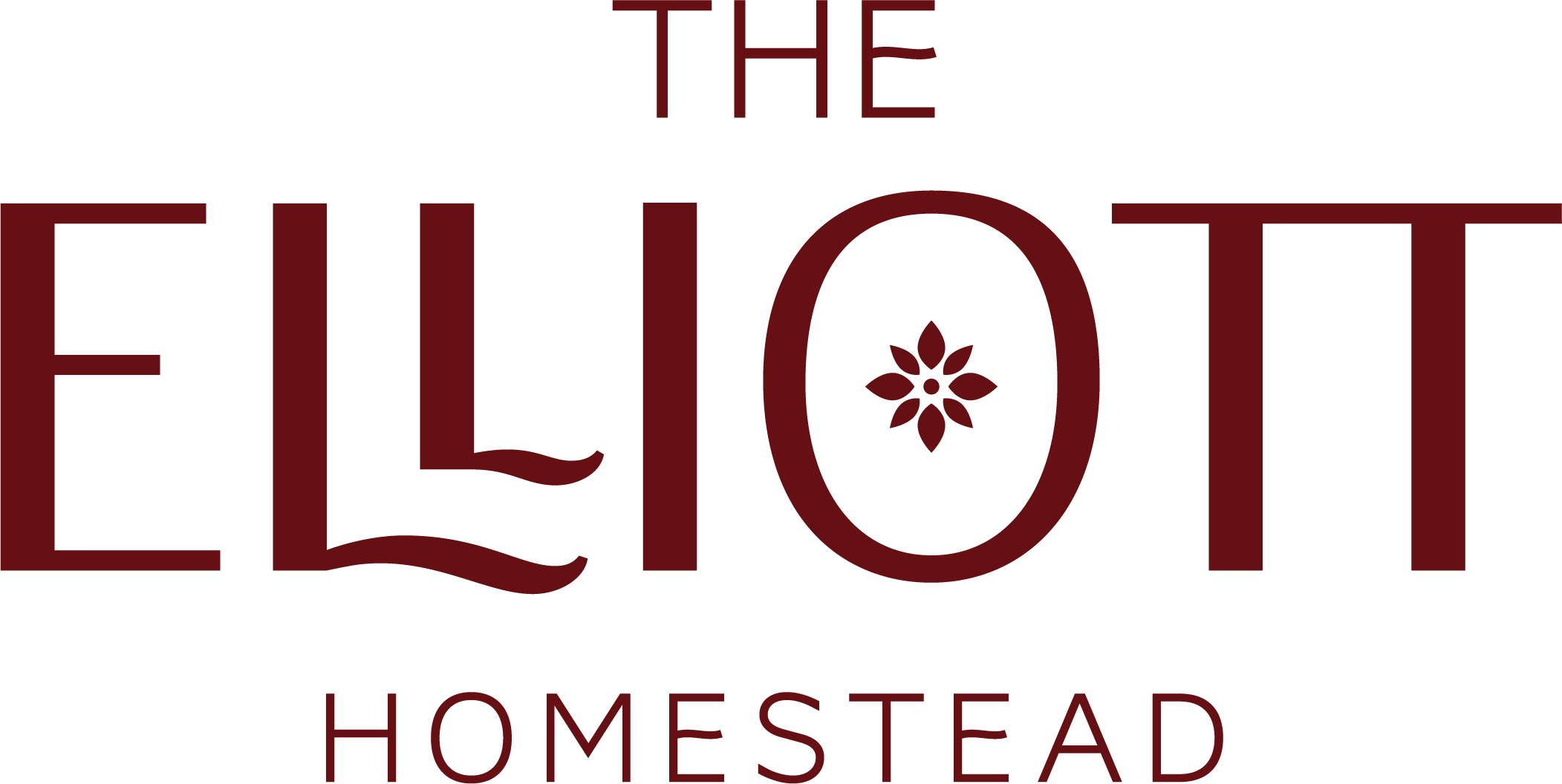
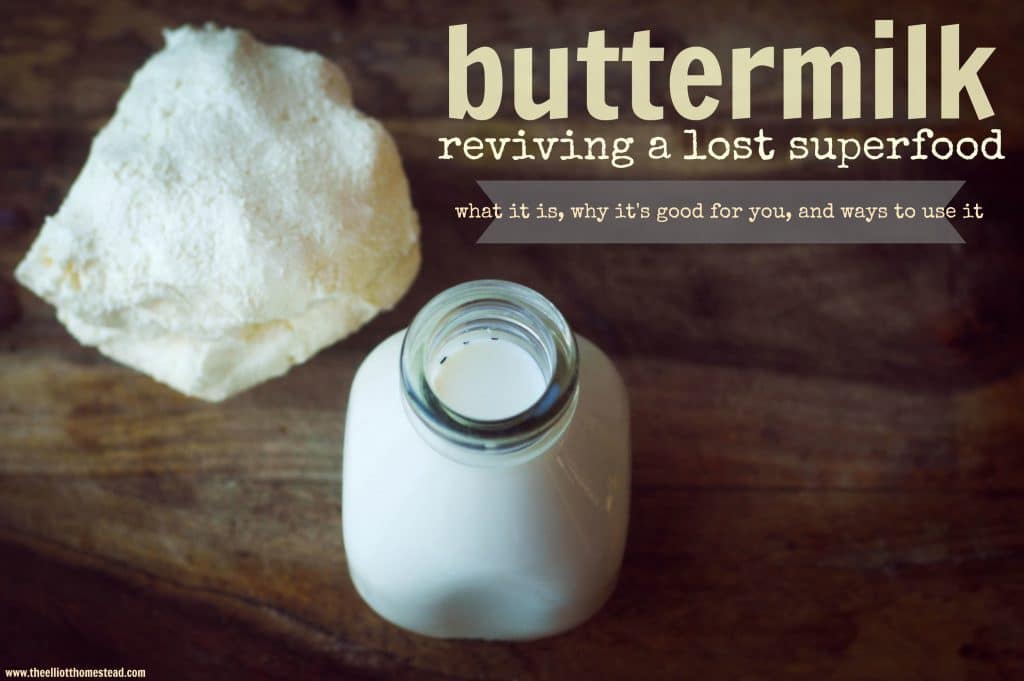
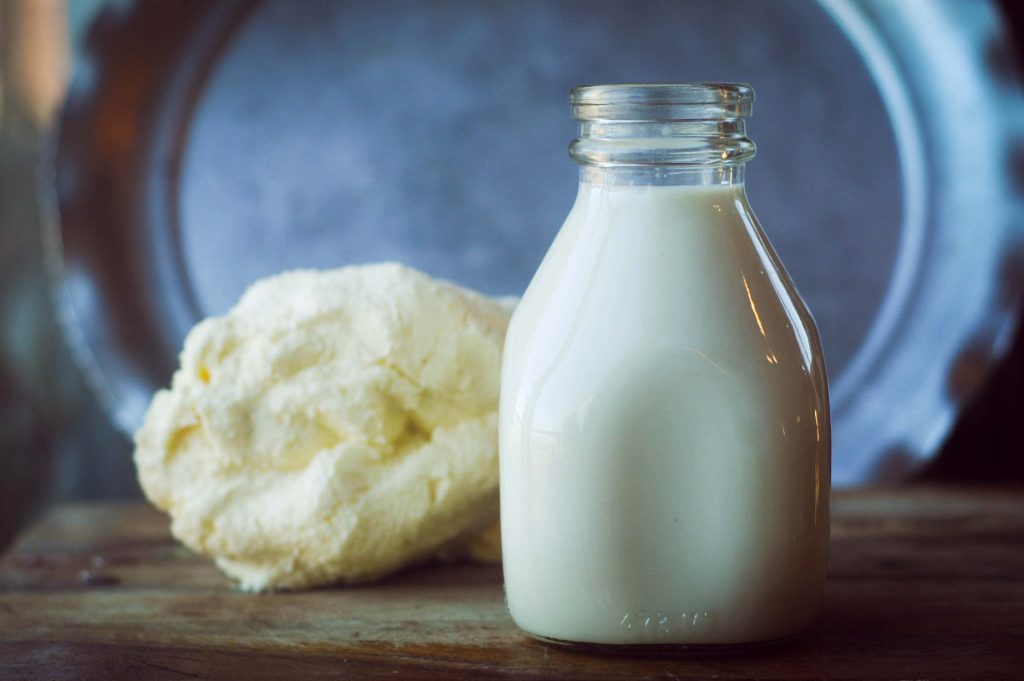
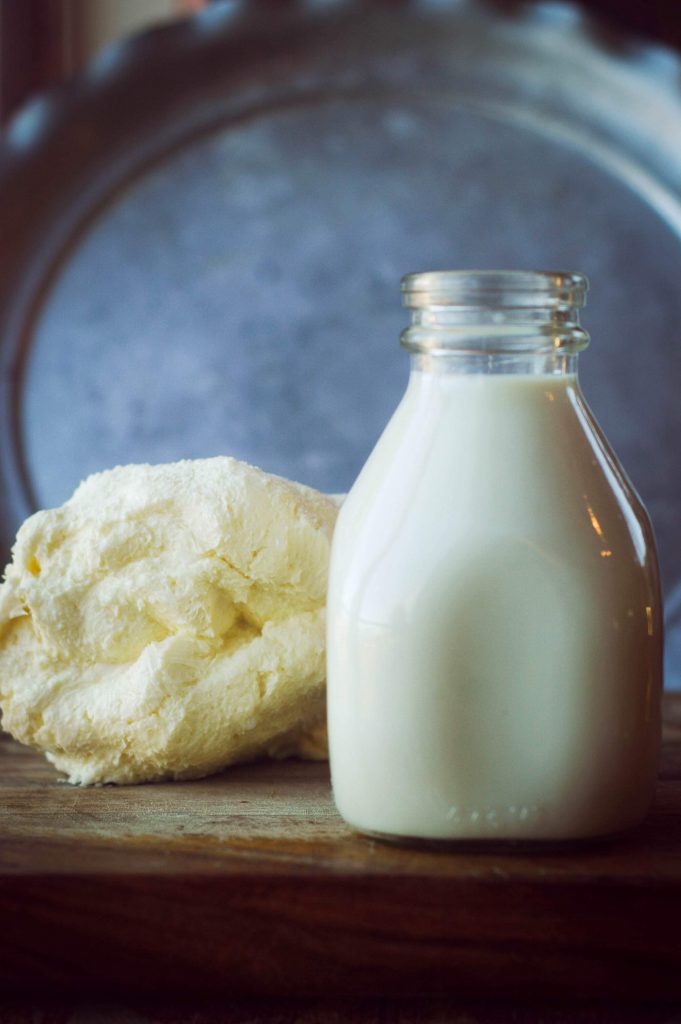
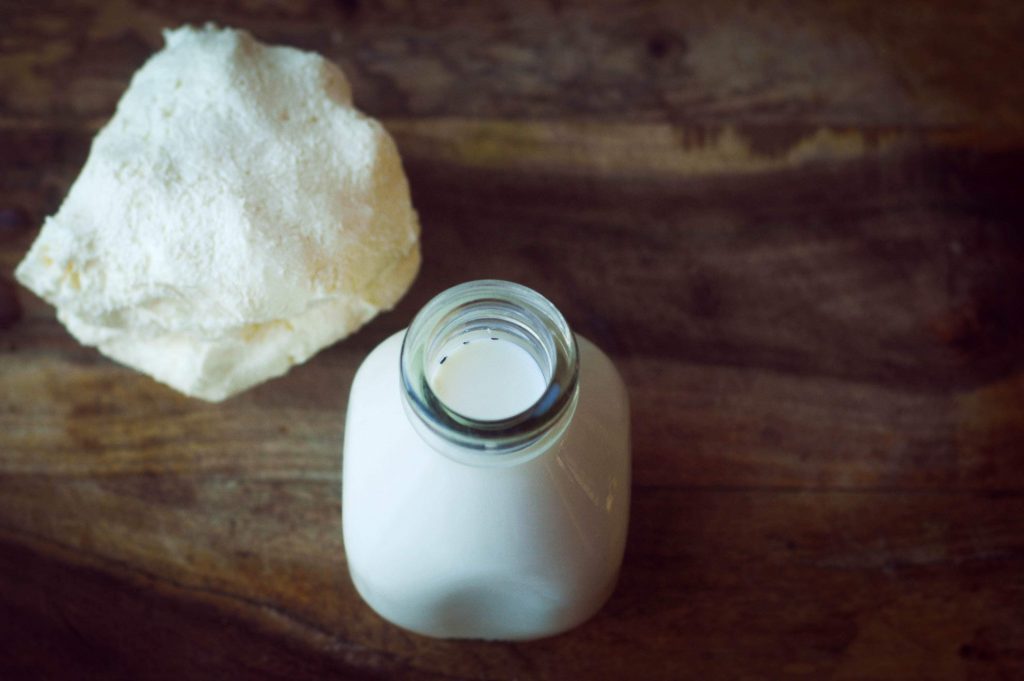
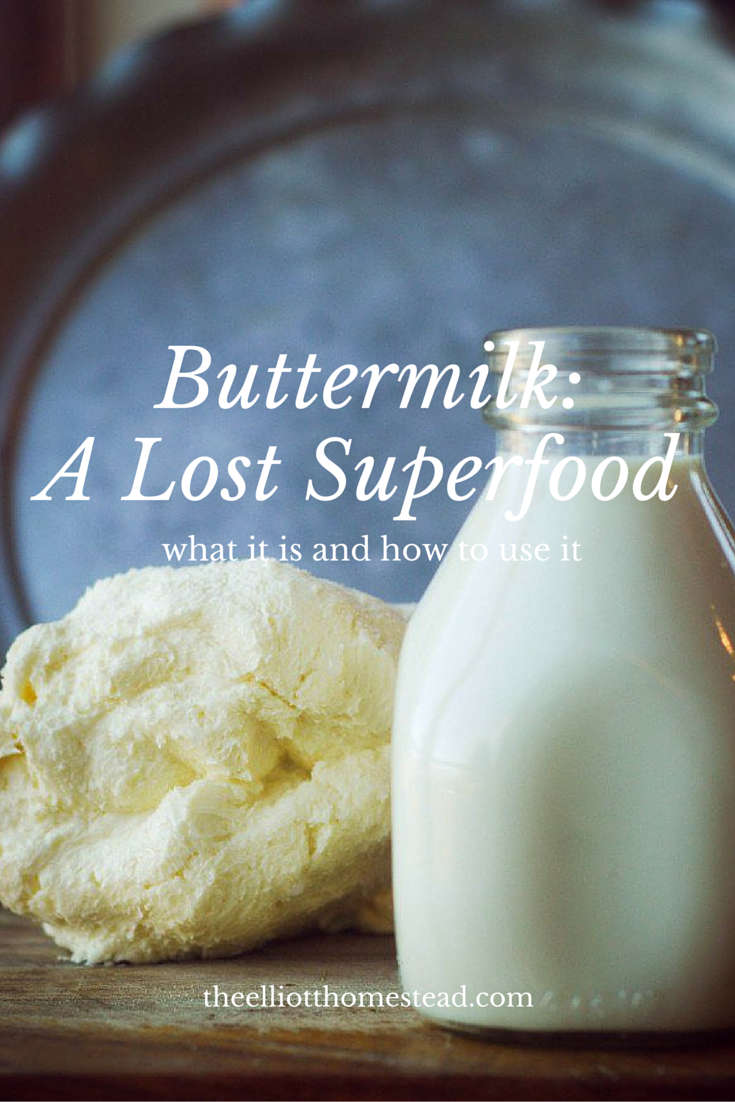
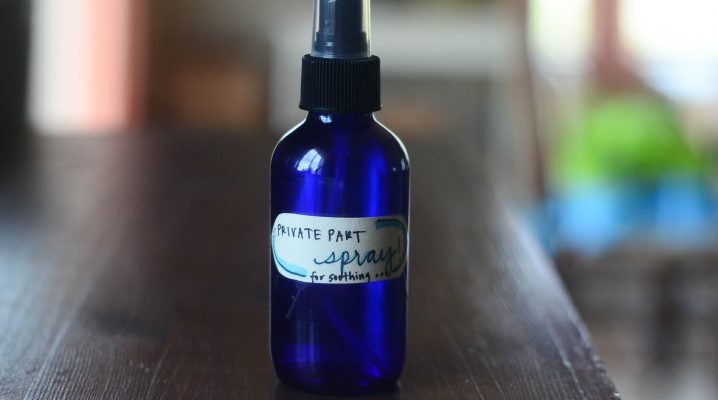
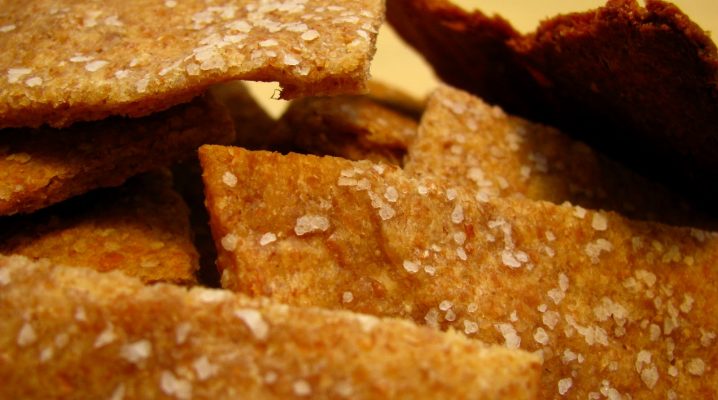

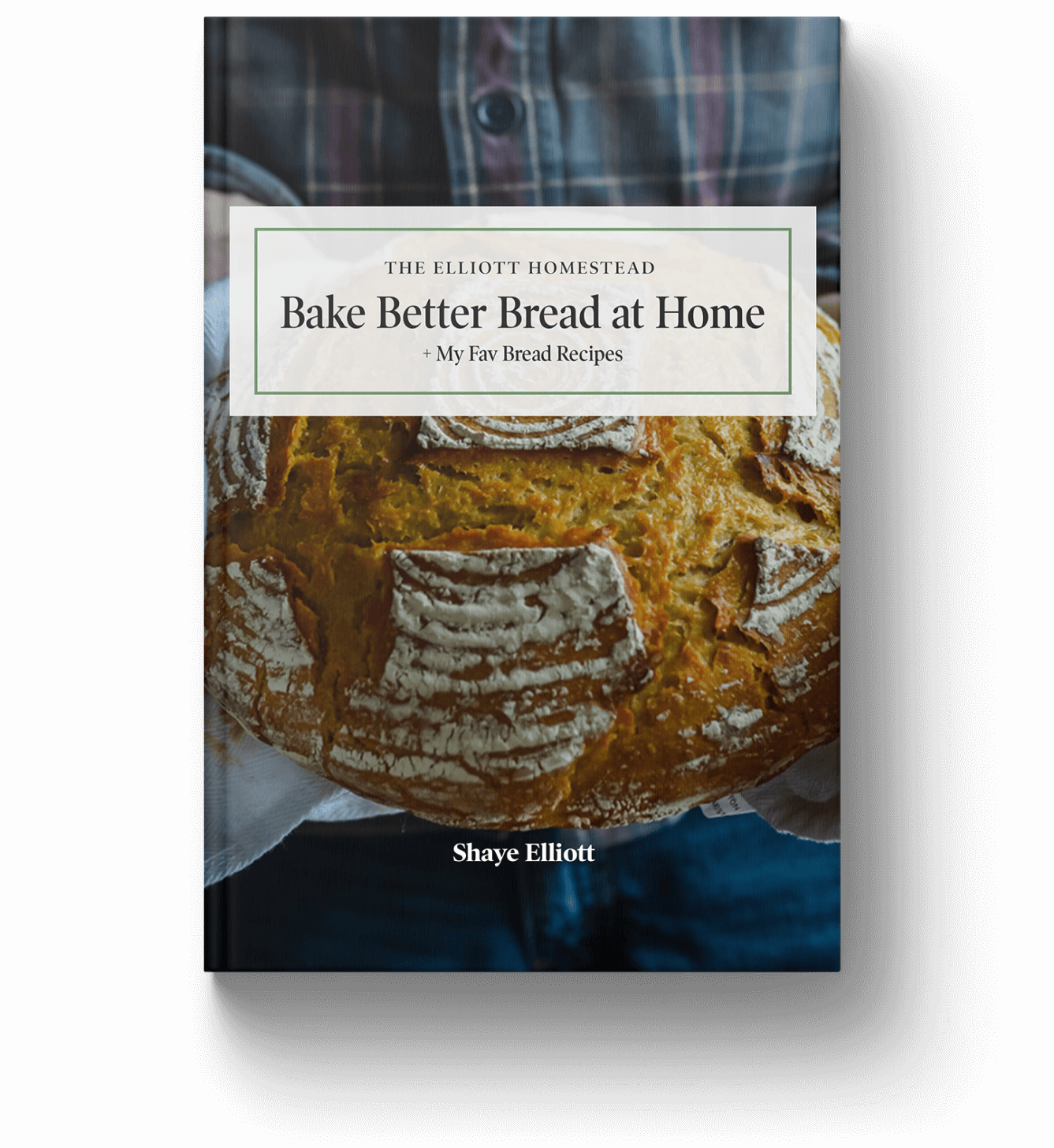
What kinds of superfoods do you recommend for daily use? Thanks.
Beets and turmeric every day will chelate the heavy metals out of your body…since they’re spraying us like bugs with all kinds of heavy metals, and putting them into even organic foods. One scientist went through ten organic flax products before he found one without heavy metals. They’re calling heavy metal-poisoned food from China and other countries–without our food standards–organic. If you are like our long-lived ancestors, you will want to have wild elderberry syrup on hand at all times. The best way to know the quality is to grow them on your property. They are the thriviest plant I’ve ever grown…once you get the seeds to sprout. Elderberry leaves and seeds are poison, but the juice/syrup kills flu and other viruses. All purple whole foods keep you healthy.
Good morning,
We use about two cups a week, sometimes less, depending on how much I get from my butter making. The buttermilk I get is much thinner than that purchased in thw stores. But we are very happy with our raw milk, fresh butter, and buttermilk. (Which I use for baking.) Thanks for the new ideas.
Hello! I am real interested in making some of my own cultured butter and buttermilk. How much cream does it take to make a big glob of butter like the one pictured? Would I have to buy tons of gallons of raw cow’s milk to get enough cream off the top?
Thanks!
It’s about 9 quarts but some cows have higher butterfat content than others.
I LOVE to make buttermilk syrup, and I’m all about using it for baking, but am I killing off all the beneficial bacteria when I heat it?
Question..I’m confused on something…. I get my 3 gallons of raw milk a week..I usually skim off the cream for butter or ice cream. When you use the word “cultured” do you add cultures to it?? When I make my butter I don’t plan ahead very well I take the cream out of the fridge and blend it up. I save my buttermilk for baking. Is my buttermilk “cultured” or I think you said you leave the cream sit out for 8 hours prior to making butter, if I did that and let the bacteria start to grow is it then “cultured”?? Thanks for any clarification
Yes, when it sits out the bacteria grows and it is then considered cultured. Fresh buttermilk from fresh cream that has not sat out is considered ‘sweet cream’.
I have been adding some of my butter milk to my fresh cream when I let it sit out overnight before making butter.
Great ideas for the use of buttermilk. I appreciate the way you simplify taking the ideas of things and putting them to use. We drink Keifer for our probiotics, but we tried Kavas last summer and the kids loved it. And the bright color made it fun. I hear you can use Buttermilk as a Yogurt Starter–which has always been a concern of mine. How to start Yogurt without getting Yogurt from somewhere else!
I’ve always started my yogurt from another batch of yogurt too! 🙂
Hi. Love your blog! Learning so much from it. Can I freeze the cream from several milkings until I have enough to make butter?
The texture doesn’t come back the same way when you freeze cream. It’s an option, but not the best one.
So I know I’m like a year late with this- but I have a great Lithuanian summer recipe that uses a TON of buttermilk – slice some cucumbers into half moons, chop up some chives and dill (I do a bunch of each from the store), grate up a bunch of boiled beers, and mix it in with the buttermilk and some salt to taste. It turns a wonderful pink and it’s one of the most refreshing and filling meals you can have on those hot summer days 🙂
boiled beers?
Threw me for a loop at first! I think it’s boiled beets.
Only raw beets!!! Boiled won’t ferment, they will spoil. Any vegies can be fermented in buttermilk 🙂
I think maybe she means beets.
Try overnight oats recipes! It is great! Just take half a jar of good rolled oats, add seeds, nuts and dried fruit, and a spoon of honey, fill the jar with buttermilk to the top, mix, close with the lid and leave in the refregirator overnight.
It is so much more delicious that a traditional oatmeal!
my bread machine bread usually turns out great but not the last two times. I used raw buttermilk and I’m wandering if that could be the problem. Does it work with yeast breads?
So to make butter, I need to leave my milk sitting out 8 hours and then its considered “cultured”? The remaining liquid after the butter is made is buttermilk? Will it be thick like the buttermilk purchased in stores? Thank you for any information/help…
awesome post, and you are so right about our grandparent’s wisdom! I am pinning and will be sharing on my facebook page too!
This was so interesting. I learned a lot! Now I have a sudden urge to make biscuits.
I love drinking buttermilk, been drinking it since I was little (I’m Polish). We dont have cows or access to fresh milk so I just buy it in the shop.
My grandmother never made cornbread or biscuits without her homemade buttermilk. I remember seeing it setting out with a cloth over it. And I now have her churn. I love buttermilk but I can’t convince my grand daughters?
Another use for Buttermilk. For folks with a septic tank an easy ‘tank revival’ can be achieved with a gallon of the cheapest buttermilk that sat for 2 days at room temperature (with open lid). Just pour it into the toilet allowing bacteria to thrive so they can do their job in the septic tank.
I do it every two months.
I am glad there are good things you can do with buttermilk that is good. I am glad there are some imfermation on buttermilk that is good for you. Thank you.
Very authentic post, I usually use buttermilk as a beverage after lunch, but after reading your post got to learn some more ways to use it. Thanks for sharing it.
Make buttermilk by adding 2tbsp sour cream to1qt room temp skim milk. Let sit out overnight before refrigerating.
I love cooking with buttermilk, just like my Grandma and great Grandma taught me to do. I have wondered if cooking it kills the beneficial bacteria. Do you know?
When I was a child and was ill the Dr. give me antibiotics. I would then have diarrhea because all the good bacteria in my digestive tract had been destroyed along with the bad. The old country Dr. we used would tell my Mom to have me drive a glass of buttermilk. Problem solved!! All those good bacteria had been replaced and I no longer had a problem. ( I always loved buttermilk and drank it every chance I got.) Now in my eighties and I am sure buttermilk contributed to my longevity.
I just wanted to let you know that I enjoyed every bit of your post. Absolutely loved the info and your point of view!! 💕💕
Thanks for sharing, I like sea moss also.. Ken
I bought your raw milk and I like it and then I use kefir culture to make buttermilk, but for some reason, its didn’t go well. I have my culture which I used for the last 6 months with organic milk, but never with raw. Is it any different?
Another question about the color of the milk. Is it yellowish because of the fat?
Please let me know.
Thanks, Irene
I think raw milk being more yellow is partly the fat but was told it will be be more yellow in the summer when the cows are eating more fresh grass. It has to do with higher beta carotene in the milk from the grass.
Wow
We too raise our own dairy queens…and make all sorts of dairy delights but most recipes calling for buttermilk want the thicker version. I hate buying it from the stores due to the Thickening agents in them like Gums and Gmo Corn Starch “gasp!”
Whats your solution to that issue?